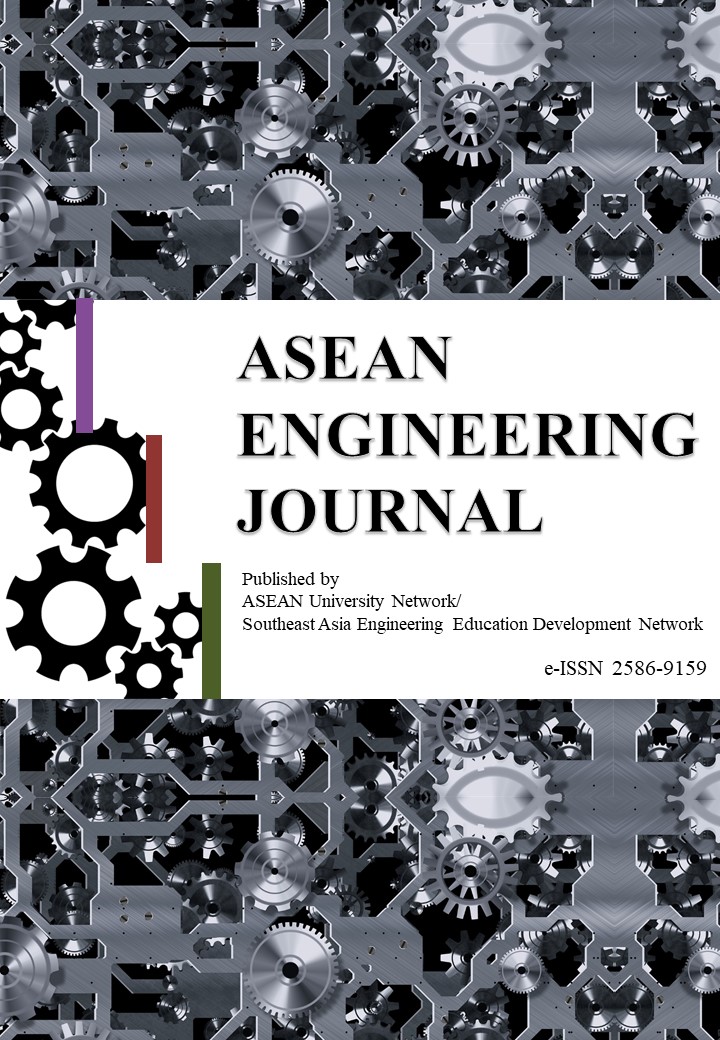PREDICTING USEFUL LIFE OF COCOPEAT IN A FILTER BED TREATING WASTEWATER WITH HEAVY METALS USING HYDRUS-1D
DOI:
https://doi.org/10.11113/aej.v9.15512Abstract
The effectiveness of cocopeat as an adsorbent for the treatment of wastewater containing heavy metals was reported in previous studies. In this study, cocopeat was used as an adsorbent in a filter bed system treating wastewater from a small scale gold mining (SSGM) ball mill facility. A total of 6,000 L of actual SSGM wastewater collected from a ball mill facility in Paracale, Camarines Norte were used in the experimental runs. The filter bed was evaluated by determining its heavy metal removal efficiencies for 50 days at a flow rate of 40 L/hr. After the experimental runs, HYDRUS1D was used to simulate the transport of lead (Pb) in the filter bed and predict the remaining useful life of cocopeat as a heavy metal adsorbent. Lead was selected for the solute transport modeling in HYDRUS-1D since Pb was the highest concentration in the wastewater and also exceeded the government effluent limit. Measured data from the experimental runs and water flow parameters of cocopeat were used as input values in the simulation with varying cocopeat thickness and initial concentration flux. Results showed that by increasing the thickness of the cocopeat layer, the useful life of cocopeat in the filter bed was extended. By using the actual concentration of Pb (0.0933 mg/L) in the wastewater, HYDRUS-1D was able to simulate Pb transport in the filter and predict that the useful life of cocopeat 50 cm thick treating an actual SSGM wastewater was 2.74 years.
















